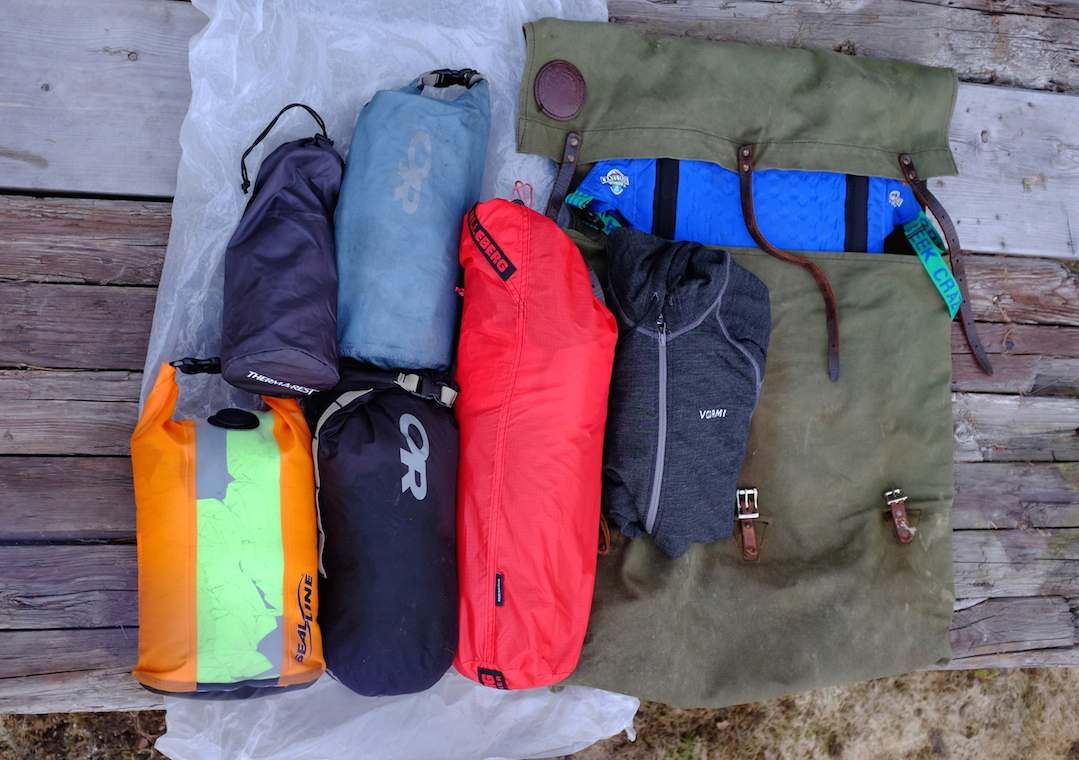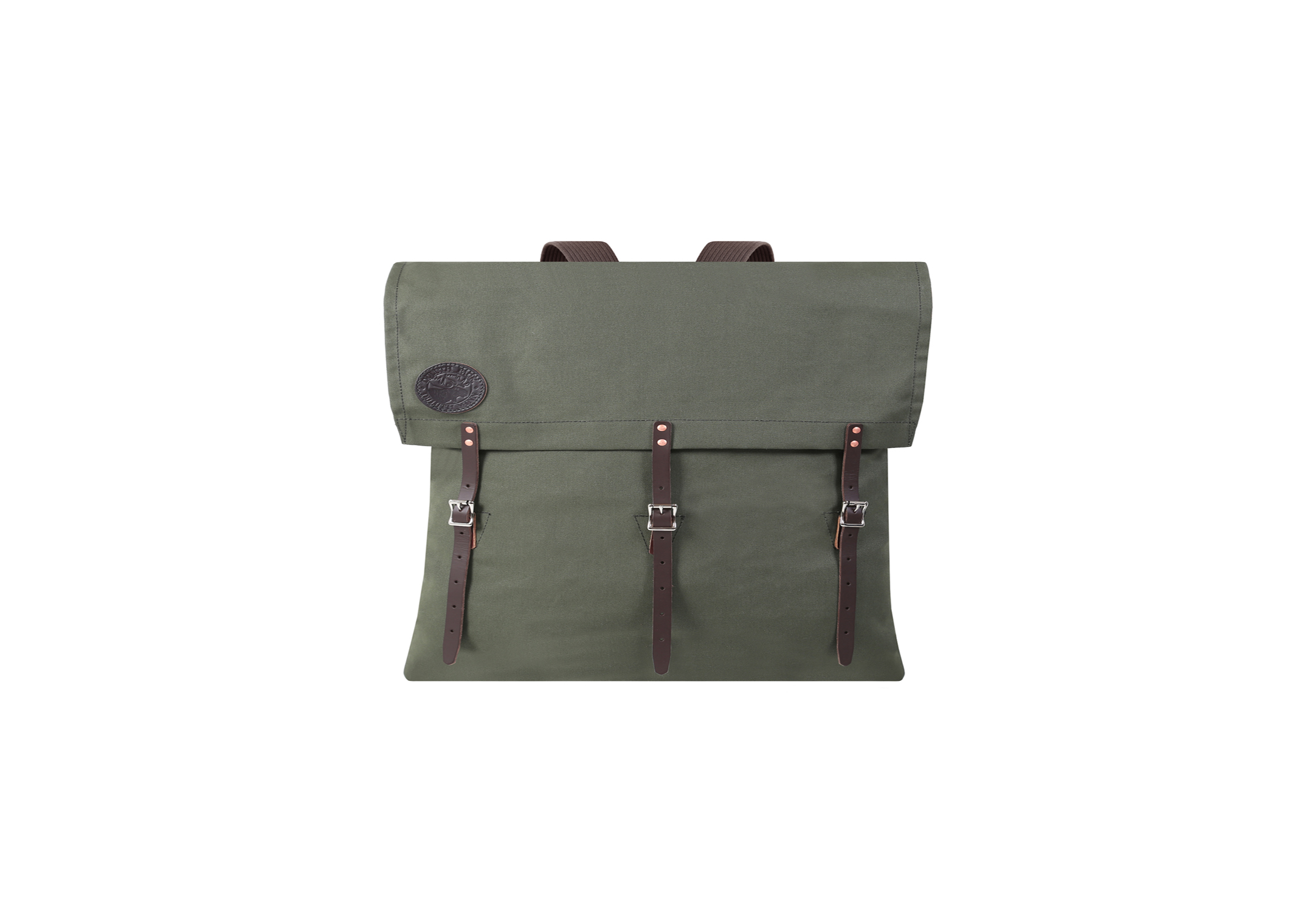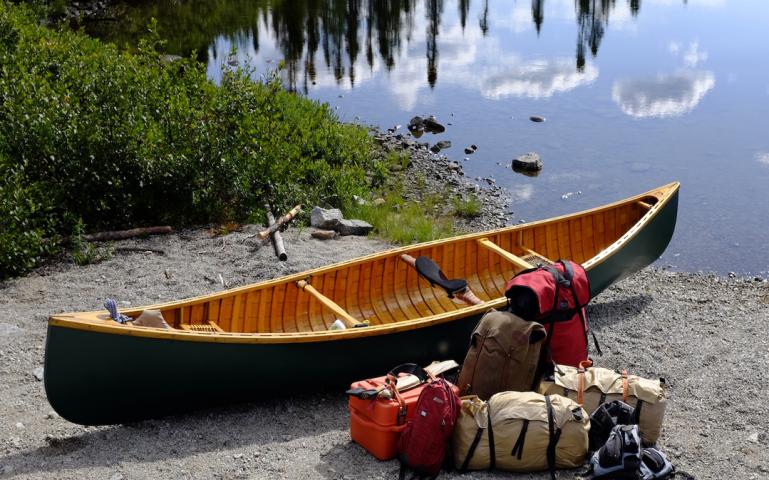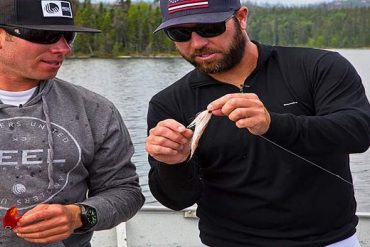
When packing for a multi-day adventure, canoe trippers have far more space to work with than backpackers. A typical 16- or 17-foot canoe has the capacity of a half-dozen backpacks; by definition, a canoe trip involves a minimal amount of overland travel. It’s therefore easy to pack way too much stuff.
The reality is, the best canoeing destinations—Minnesota’s Boundary Waters, New York’s Adirondacks, Maine’s Allagash, and the plethora of options in Canada, to name just a few—involve passing through portages. These short and often grueling trails are like portals into the deep wild. Pack the right gear the right way and you’ve punched your ticket to glorious solitude.

More than a century ago, Duluth, Minnesota-based entrepreneur Camille Poirier acquired the first U.S. patent for a simple envelope-style backpack with shoulder straps, as well as a tumpline—an ancient, highly effective weight-bearing headpiece that’s been used for hauling heavy loads everywhere from Canada to the Himalayas. Today, Poirier’s invention remains the archetypal canoe pack. My choice is the barebones #3-70 utility by Duluth Pack ($220). One of these 5,300-cubic-inch, American-made canvas packs will hold clothing and camping gear for a multi-week voyage.

Duluth Pack also supplies a garbage bag-style liner with each of its canoe packs; with the addition of a few patches, mine has lasted for years. An even better option is the Piragis Pack Liner ($69.95), which is made of nylon. Inside, I sort the following gear essentials:





